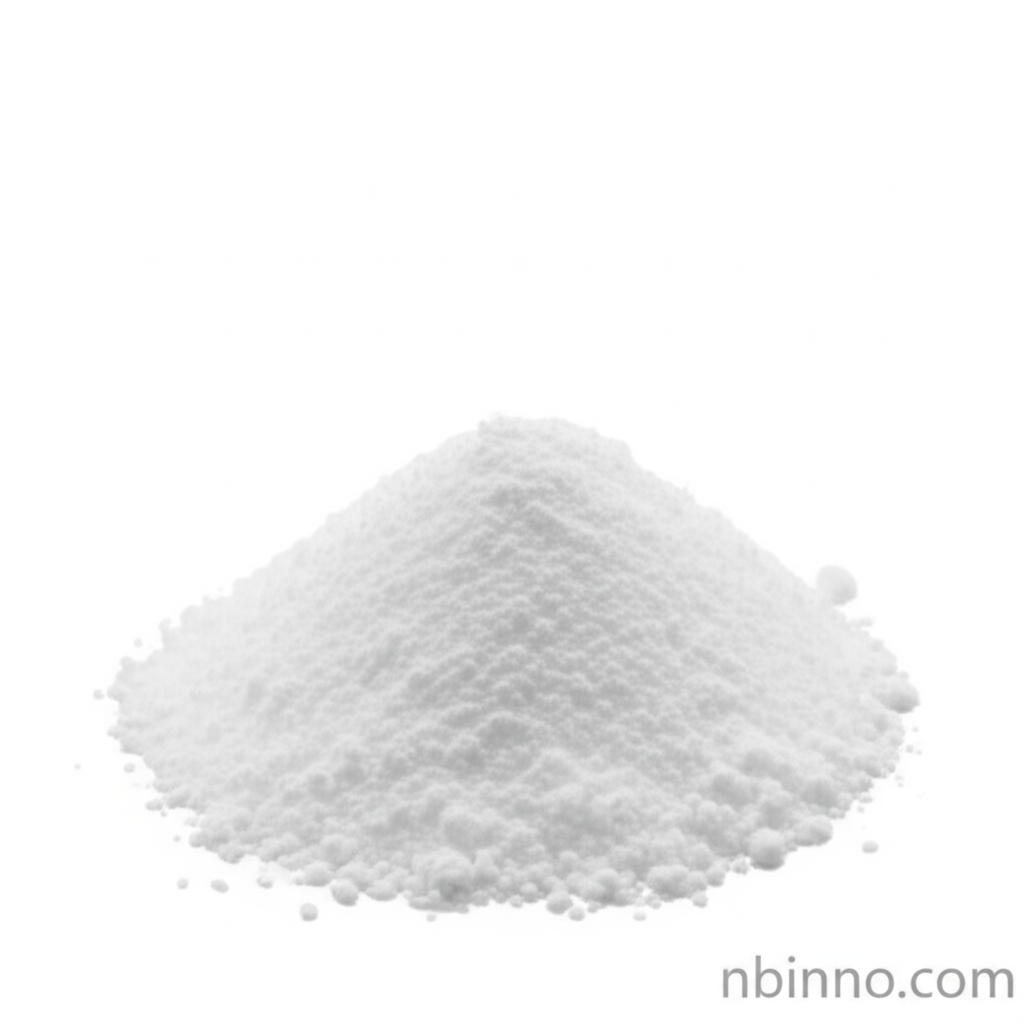Unlocking the Potential: 4-(9H-Carbazol-9-yl)phenylboronic Acid in Modern Technology
Discover the critical role of this advanced chemical intermediate in shaping the future of electronics and pharmaceuticals.
Get a Quote & SampleProduct Core Value

4-(9H-Carbazol-9-yl)phenylboronic Acid
This high-purity compound serves as a vital building block in the synthesis of advanced materials. Its unique chemical structure makes it indispensable for creating sophisticated electronic components, particularly within the rapidly evolving field of OLED technology. As a key 4-(9H-carbazol-9-yl)phenylboronic acid CAS 419536-33-7, it contributes significantly to the performance and efficiency of next-generation displays.
- Explore the precise properties of 4-(9H-carbazol-9-yl)phenylboronic acid CAS 419536-33-7 to understand its contribution to high-performance OLED materials.
- Leverage carbazole derivative boronic acid for electronics in your research and development to achieve novel functionalities and enhanced device characteristics.
- Investigate the advancements in OLED technology made possible by sophisticated organic electroluminescent materials like this boronic acid intermediate.
- Understand the various boronic acid intermediate properties that make it a versatile tool for chemists in both academic and industrial settings.
Advantages of Using This Chemical Intermediate
Enhanced Material Performance
The specific molecular structure of this compound contributes to the superior optoelectronic properties required for cutting-edge applications, supporting the development of more efficient and vibrant displays through the use of advanced organic electroluminescent materials.
Versatile Synthesis Capabilities
As a crucial pharmaceutical intermediate with carbazole, it offers a wide range of synthetic possibilities, allowing researchers to create complex organic molecules with tailored functionalities for various industries.
Driving Technological Innovation
Its application in OLEDs directly impacts the evolution of display technology, paving the way for thinner, more flexible, and energy-efficient screens by leveraging its unique boronic acid intermediate properties.
Key Applications
OLED Display Screens
This boronic acid is a key component in the manufacturing of Organic Light Emitting Diodes (OLEDs), contributing to their thinness, efficiency, and image quality. Understanding these applications is crucial for anyone interested in the future of display technologies.
Organic Electronics
Beyond displays, its properties make it valuable in other organic electronic devices, where precise molecular engineering is paramount. The use of carbazole derivative boronic acid for electronics is a growing area of research.
Pharmaceutical Intermediates
As a pharmaceutical intermediate with carbazole, it can serve as a building block for novel drug compounds, demonstrating its broad utility in chemical synthesis and drug discovery.
Advanced Chemical Synthesis
Its role in synthesizing complex organic molecules highlights its importance in advanced chemical synthesis, enabling breakthroughs in material science and beyond. Exploring its boronic acid intermediate properties can open new avenues.
